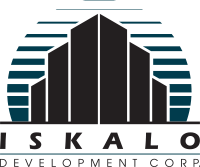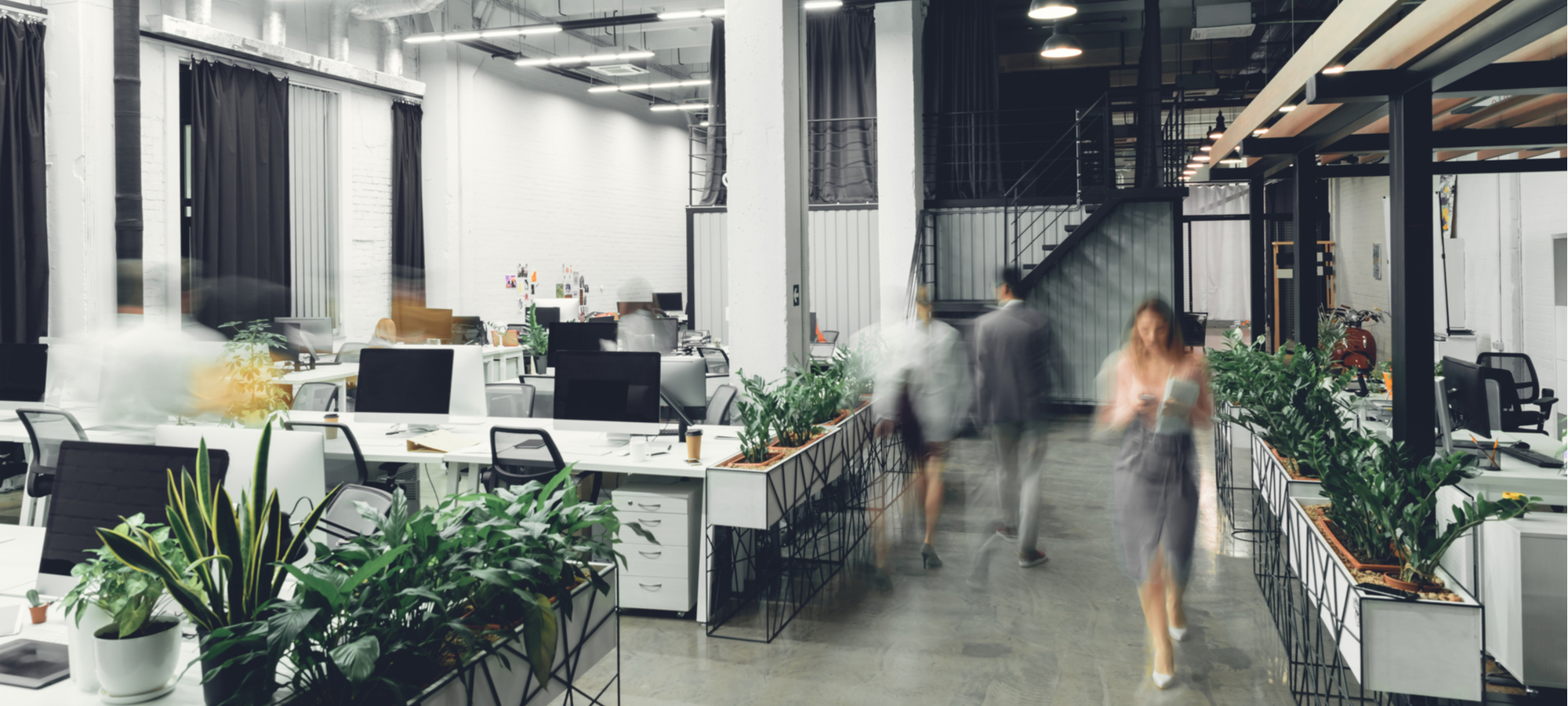You might not expect the design of a workspace to play the role in health and wellness that it does. In fact, a recent study showed that approximately 60% of people find their work setting to be overstimulating or tough to focus in. Instead of having employees pour another cup of coffee or take a power nap during lunch break, there are ways offices can design their space to improve productivity and overall well-being. The health benefits of having a strong, organized workplace design could be a step toward improved productivity.
Physical
When it comes to creating a workplace design that meets the physical needs of your workers, you will want to think of the materials used. Natural flooring, such as wood or concrete, is a popular choice, but can be tough on the feet and joints. Adding a light, neutral colored area rug into the workplace design can make it both physically comfortable for workers and aesthetically pleasing.
Hybrid and flex workplaces have become a huge trend post-pandemic and more workers want to stand up and move around throughout the day. Incorporating space for movement into your workplace design is an addition employees will be thankful for. Some companies have used this kind of space for yoga, meditation, games, and even small exercise equipment.
Mental
Since the COVID-19 pandemic shook the working world up, business owners are focusing more on the mental well-being of their employees. Modern office design can play a part in the mental state of those who work in the office in many ways. More greenery and natural life inside an office space, such as a live green wall, can create a positive, fresh aesthetic. When plants are built into a workplace design, moods change in positive ways. Studies have shown how plants and greenery improve anxiety and depression; this also goes for office workers.
On top of incorporating plant life into an office setting, having ample natural light can make a huge difference in the mood, productivity, and mental state of your workers. Instead of closed-off walls or blinds covering windows, floor-to-ceiling windows or outdoor spaces create a whole new energy. Nature can bring positive energy to an office when incorporated into workplace design appropriately.
Social
Social interactions between employees have gone from habitual to going extinct to transitioning back toward some sense of normalcy. The pandemic definitely impacted the social interactions employees have with one another in the workplace. This is why creating a workplace environment and design that meets the social needs of employees is critical.
Experience-driven offices are a huge trend in the last year now that workers are returning to the office. This means office spaces are built with fewer panels and barriers and more open space, allowing connection to happen on a more personal level. Business owners want to create a more uniting, welcoming aesthetic in their office so workers can feel at ease. After a year or so without this kind of setting, an open, purpose-driven workplace is just what modern workers need.

